If you were studying medicine in Europe in the eighteenth and nineteenth centuries, you usually didn’t have access to corpse dissections at universities and hospitals. It wasn’t easy to obtain cadavers to work on. Besides, there were no means of preserving corpses, which made dissecting them a messy and smelly process.
Anatomical wax figures were then used by students to explore the human body. Wax was the ideal material: it is malleable, able to absorb paint, fairly resistant, with a texture similar to human skin. You could even adorn it with organic materials such as body hair, teeth and nails.
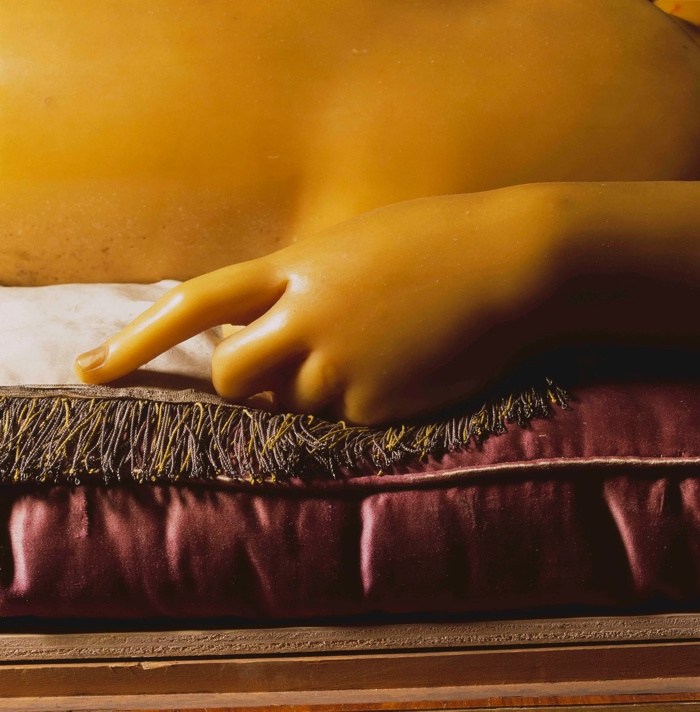
Clemente Susini and Giuseppe Ferrini, Recumbent female statue, also called “Venus” (detail), 1782. Museum “La Specola”, Florence. Photo by Aurelio Amendola
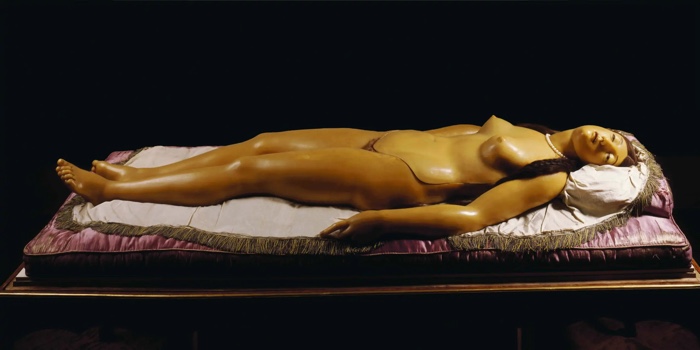
Clemente Susini and Giuseppe Ferrini, Recumbent female statue, also called “Venus”, 1782. Museum “La Specola”, Florence. Photo by Aurelio Amendola
La Specola is one of the museums where you can admire the world’s most extensive collection of eighteenth-century wax models of human anatomy, some of them by celebrated wax modeller Gaetano Giulio Zumbo. Created in 1775 and open to both medical students and the general public, La Specola is one of the oldest science museums in Europe. One of the most famous items in its collections is the Anatomical Venus. The life-sized wax woman looks like Sleeping Beauty with her real human hair, graceful limbs and rosy cheeks until you realise that her body is made of dozens of removable parts. You can peel back her layers to reveal organs, bones, muscles and even a foetus curled in her womb. Sister models soon appeared throughout Europe, for the education of students and the delight of the public. Far from being just neutral instruments used in the context of medical education, these wax women were not only masterpieces of Florentine artistry, but they also provide insight into a period when scientists were investigating gender and the “natural order” that defined women as weaker sex centred around sexual and maternal functions.
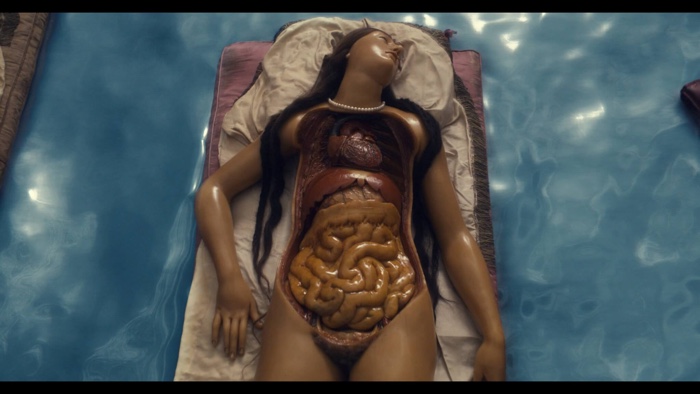
David Cronenberg, Four Unloved Women, Adrift on a Purposeless Sea, Experience the Ecstasy of Dissection. Fondazione Prada
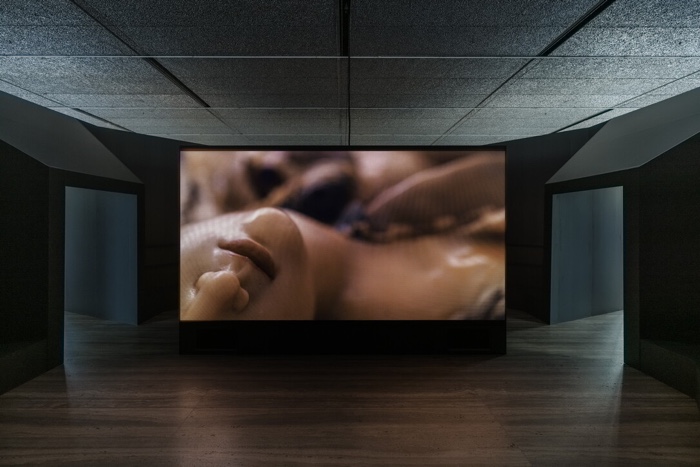
Exhibition view of “Cere anatomiche: La Specola di Firenze | David Cronenberg”. Photo: Roberto Marossi. Four Unloved Women, Adrift on a Purposeless Sea, Experience the Ecstasy of Dissection, 2023, a film by David Cronenberg
Unfortunately, La Specola is currently closed for renovation. However, a small part of its extraordinary collection is currently on view in the exhibition Cere anatomiche. La specola di Firenze e David Cronenberg (Anatomical Waxes. La specola di Firenze and David Cronenberg) at Fondazione Prada in Milan. The exhibition is part of a wider project in which Fondazione Prada sets a cultural institution with a strong identity with a contemporary context.
It must be a daunting task for a contemporary artist to compete with the waxworks. They are so eerie, so visceral, they provoke feelings that mix seduction, repulsion, curiosity and horror. Film director David Cronenberg took on the challenge and, unsurprisingly, brilliantly pulls it off. The wax females are at ease with Cronenberg’s poetry, tropes and universe. They respond to his fascination for the aesthetic of the inside of the body (a theme explored in several films and in particular in his recent Crimes of the Future), the relationship between pleasure and pain, the quest for sexual satisfaction, etc.

David Cronenberg, Four Unloved Women, Adrift on a Purposeless Sea, Experience the Ecstasy of Dissection. Fondazione Prada
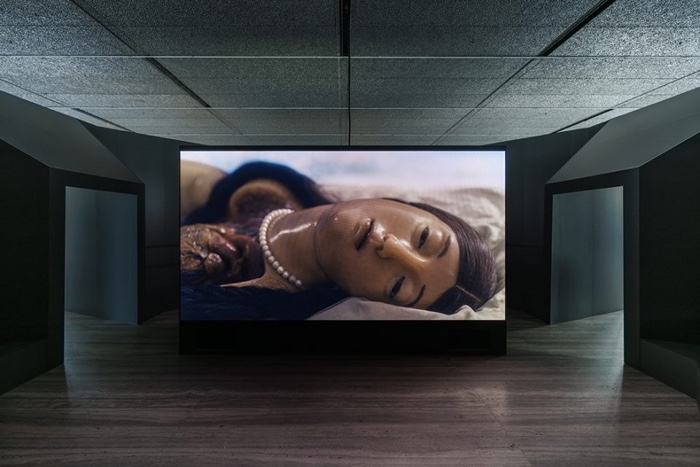
Exhibition view of “Cere anatomiche: La Specola di Firenze | David Cronenberg”. Photo: Roberto Marossi. Four Unloved Women, Adrift on a Purposeless Sea, Experience the Ecstasy of Dissection, 2023, a film by David Cronenberg
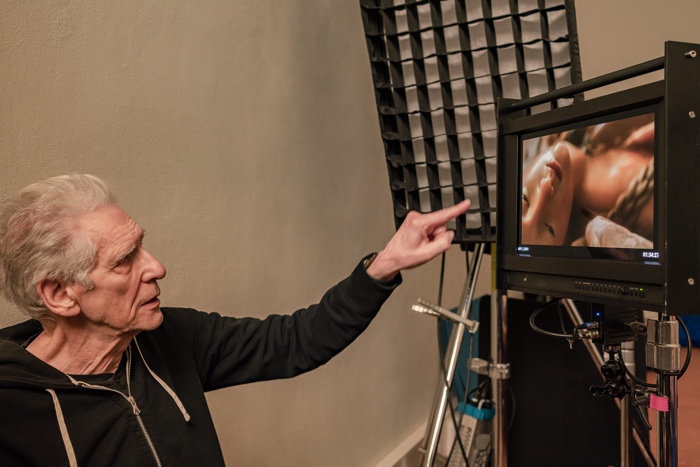
Backstage image from the shooting of David Cronenberg’s film, Museo La Specola di Firenze. Photo: Flavio Pescatori
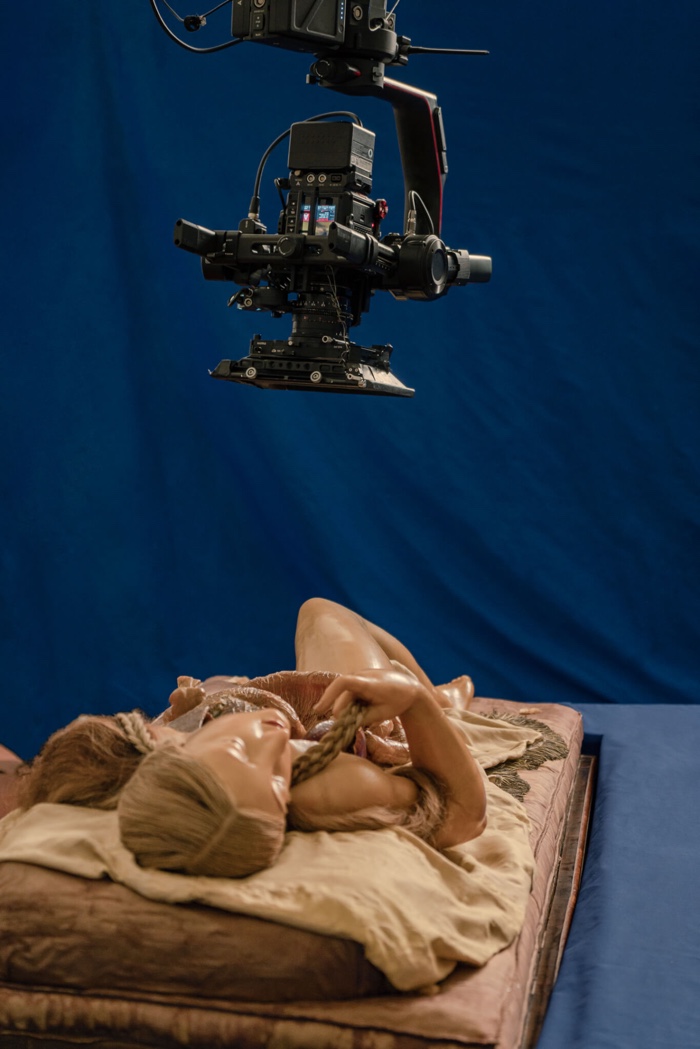
Backstage image from the shooting of David Cronenberg’s film, Museo La Specola di Firenze. Photo: Flavio Pescatori
The female wax corpses are the protagonists of the short film that David Cronenberg shot at La Specola for the Fondazione Prada exhibition. The film director excavated drama from the figure, finding sensuality in the teaching tools that until then had been known for their passive nature. “It was this startling choice on the part of the sculptors of these figures that captured my imagination: what if it was the dissection itself that induced that ecstasy, that almost religious rapture?” Cronenberg explained. In the film, the wax models are floating in a swimming pool. Their organs are exposed and their expressions seem to hover between agony and rapture.
The video literally fleshes out the double nature of the wax models: they are science and art, didactic instruments and objects -or rather subjects- of eroticism.
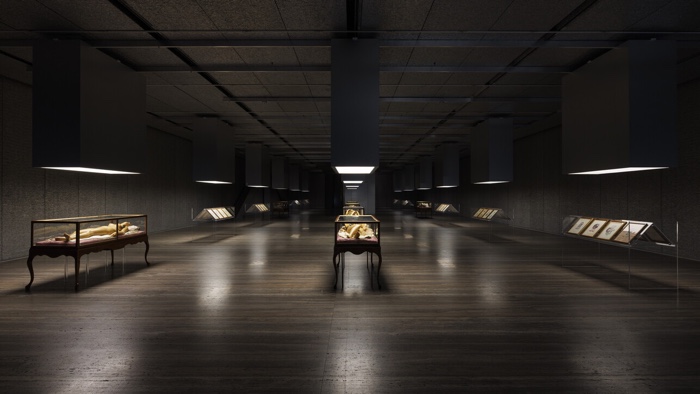
Exhibition view of “Cere anatomiche: La Specola di Firenze | David Cronenberg”. Photo: Roberto Marossi
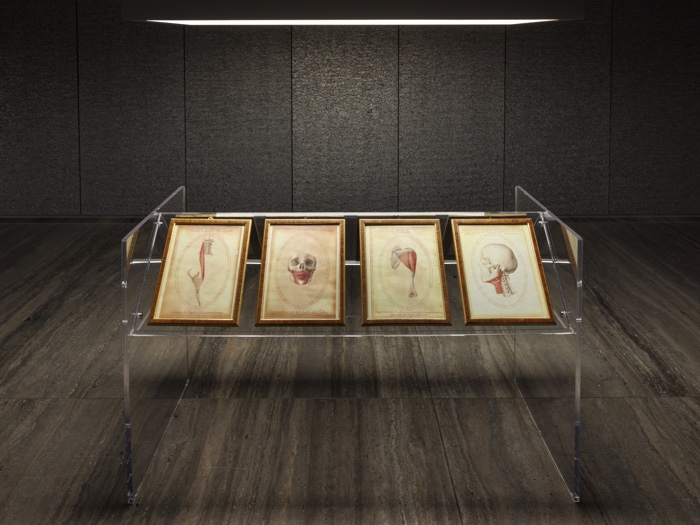
Exhibition view of “Cere anatomiche: La Specola di Firenze | David Cronenberg”. Photo: Roberto Marossi
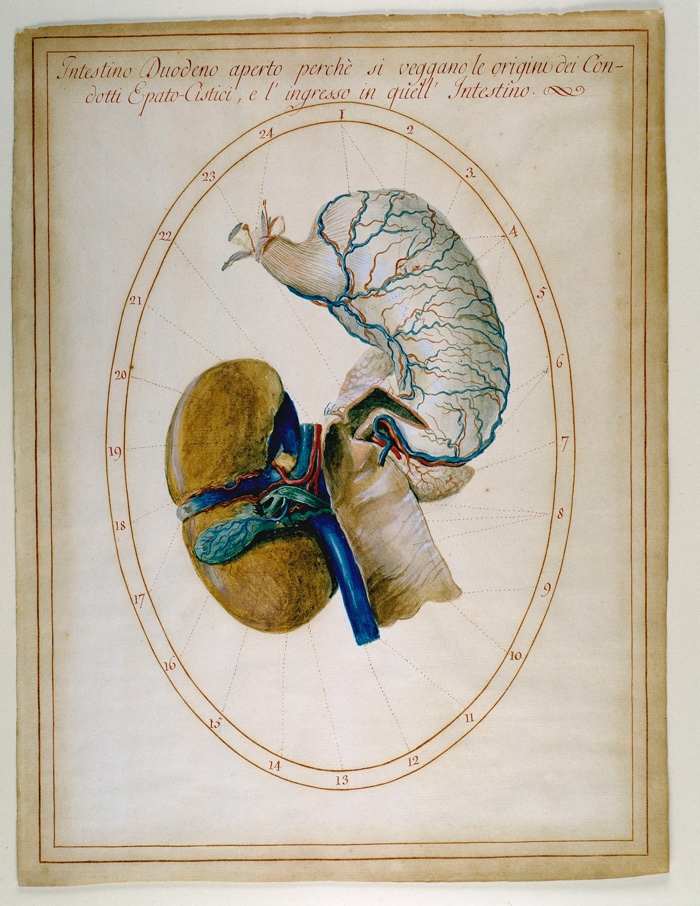
Anatomical drawing, 18th–19th century. Officina ceroplastica dell’Imperiale e Reale Museo di Fisica e Storia Naturale Disegno anatomico. Museo “La Specola”, Firenze. Photo: Saulo Bambi, via
Cronenberg’s video opens the show. The second part of the exhibition is upstairs and equally dramatic.
In a dimly lit room, four life-size feminine figures are lying in beautiful wooden display cases. They wear braided hair and rest on silk drapes and mattresses. Three were used to teach the lymphatic system and the last one to teach obstetrics. Other eighteenth-century ceroplastic works of female open abdomens detail various stages of pregnancy. Finally, 72 anatomical drawings illustrate skeleton parts, the cardiovascular apparatus, the respiratory, urinary, nervous, genital and digestive systems, etc.
Both the waxworks and the drawings are protected by alarms. You have to stand one metre away from the glass displays. It’s impossible to fully appreciate the beauty and precision of the works but it is still a spectacular exhibition. You’re not allowed to take photos or videos but this video might give you a better idea of the show.
If you’re in Milan to see the show and have time for a quick train journey, I’d also recommend the Anatomical and Obstetrics Collection at the Museo di Palazzo Poggi in Bologna.
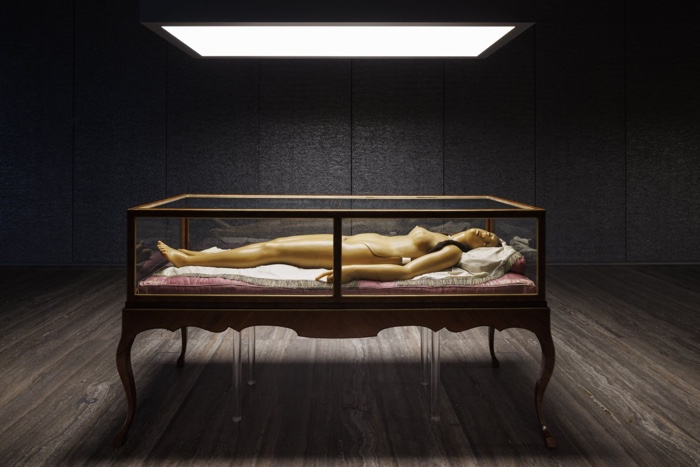
Exhibition view of “Cere anatomiche: La Specola di Firenze | David Cronenberg”. Photo: Roberto Marossi
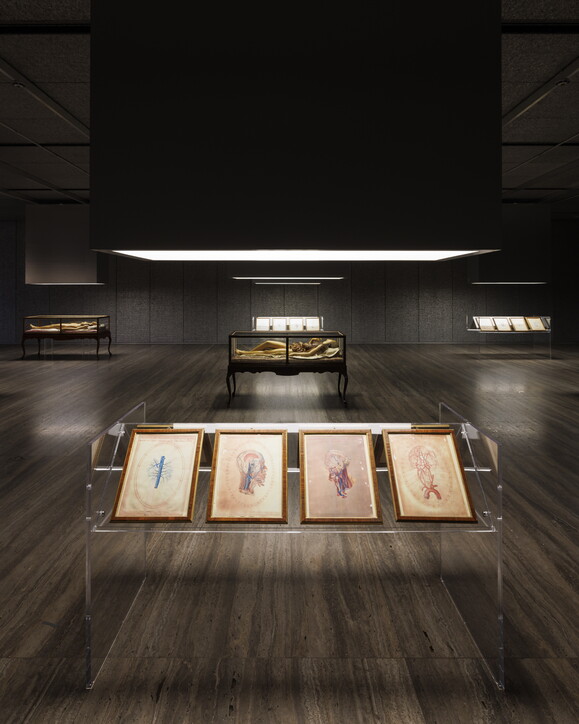
Exhibition view of “Cere anatomiche: La Specola di Firenze | David Cronenberg”. Photo: Roberto Marossi
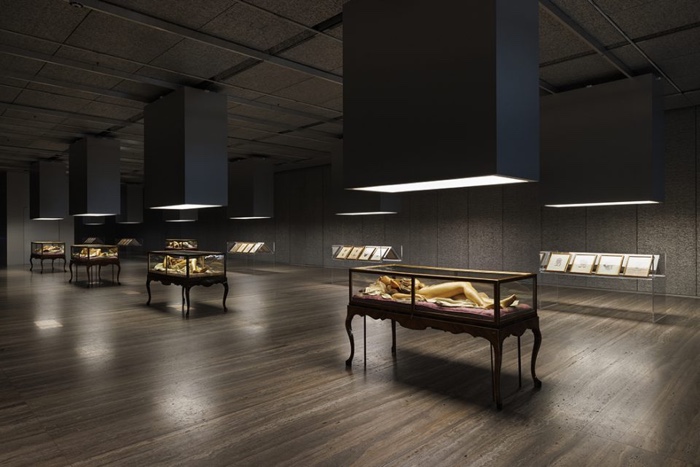
Exhibition view of “Cere anatomiche: La Specola di Firenze | David Cronenberg”. Photo: Roberto Marossi
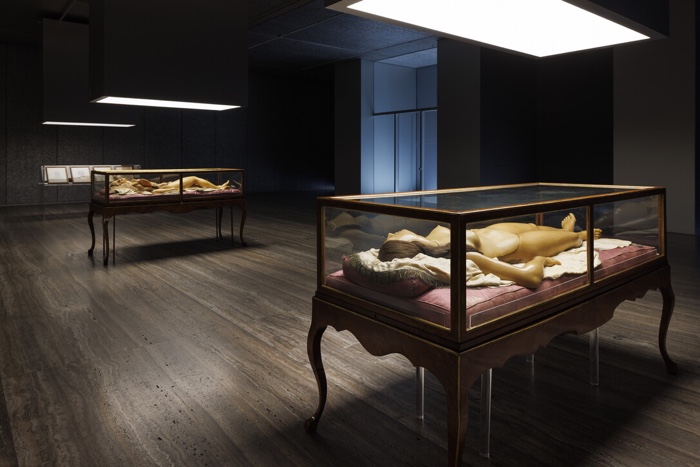
Exhibition view of “Cere anatomiche: La Specola di Firenze | David Cronenberg”. Photo: Roberto Marossi
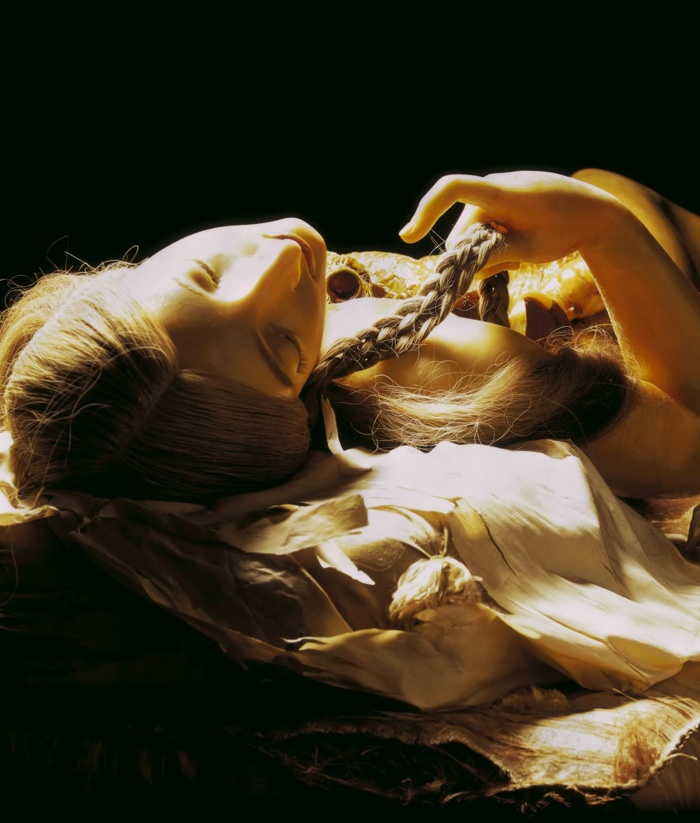
Cere anatomiche: La Specola di Firenze | David Cronenberg
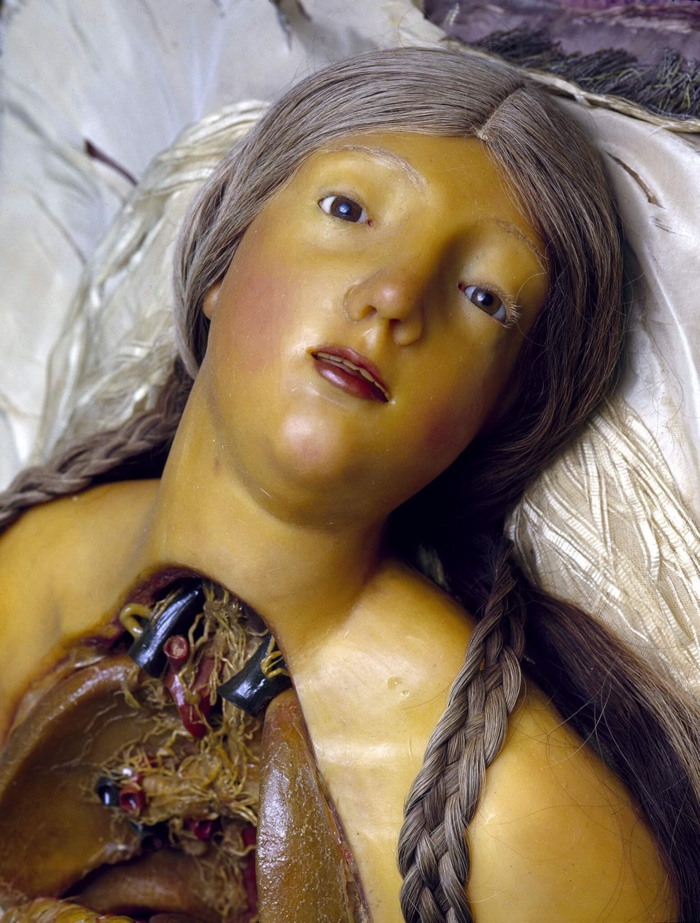
Cere anatomiche: La Specola di Firenze | David Cronenberg
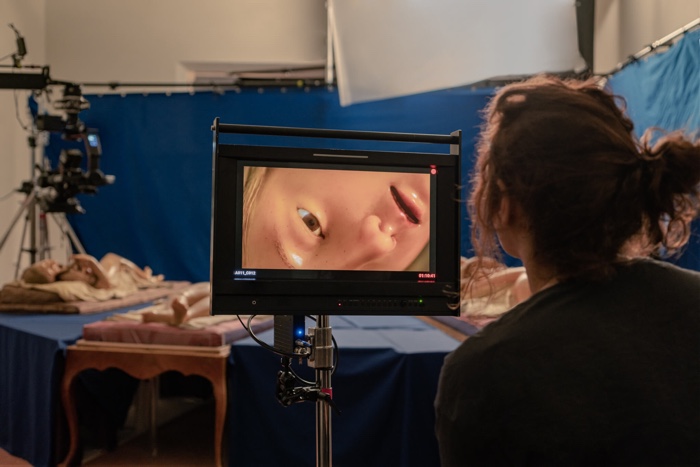
Backstage image from the shooting of David Cronenberg’s film, Museo La Specola di Firenze. Photo: Flavio Pescatori
Cere anatomiche. La specola di Firenze e David Cronenberg is at Fondazione Prada in Milan until July 17 2023. The exhibition was conceived in collaboration with La Specola, which is part of the Museum of Natural History and Museum System of the University of Florence, and the Canadian film director and screenwriter David Cronenberg.
More details about the works in the exhibition leaflet.
Related stories. Exquisite Bodies at the Wellcome Collection, Book review – The Sick Rose: Disease and the Art of Medical Illustration, Doctors, Dissection and Resurrection Men, etc.
